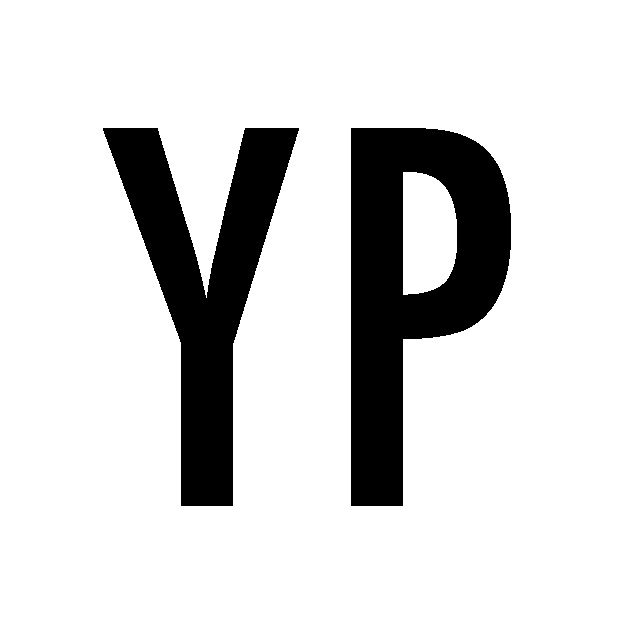Can words account for painting? Can words substitute themselves to eyes? Undoubtedly, Yves Popet does not trust narrative or descriptive comments. For years, he has been working his way quietly without any attempt at showing off. He privileges a form of restraint and is diffident of over-expression. He addresses us without trying to entice us too quickly. He proceeds smoothly, keeping a distance. Such a work, with its frailty, is looking for subtle metaphors rather than for gross similes.
According to him, knowledge is first and foremost visual. The true artist, the one who does not mistake fashion for art, constantly refers to what is not visible. Yves Popet builds, measures, organizes vertically and horizontally according to a very accurate form of geometry. He seems to offer us a sort of rigorous demonstration. Does this mean the terms “concrete art” should be used for his work? Why not. But this tradition is not followed for its own sake, but for what it allows, i.e., a really personal approach, with its own logics, linked with a sense of poetry far from a “cold” intellectual experiment. He privileges simple shapes: squares, rectangles. In front of us, space becomes a superposition of layers of vivid colours clinging to paper or to canvas: red, blue, yellow and orange. The watcher enjoys being overwhelmed by these colours which seem to spring from a form of self-effacement and do not have any purpose, as if the artist refused to insist, wished to create a vacuum to keep only what matters, to show a sort of apparent surface under which some nameless stuff lies.
Would painting mean hiding identity? Painting obliges us to adopt the language of the absence of knowledge. This suspension of meaning would be the vacuum that threatens to engulf the image. This looming threat is enthralling. What art expresses is always the expression of this suspended time. To my mind, there is a game consisting in erasing what is visible in these lines and colours, and creating a particular atmosphere. The pictures exhibited today appear as the echoes of a happiness to see.
Emmanuel Guigon

XIV, juin 2008 | 2008
Acryl auf Leinwand
60 x 60 cm
Galerie Lahumière, Paris

XII | 2014
Pastellkreide auf Papier
37,5 x 37,5 cm
Sammlung Schroth, Soest

VIII | 2014
Pastellkreide auf Papier
56 x 56 cm
Galerie Lahumière, Paris

V | 2014
Pastellkreide auf Papier
56 x 56 cm
Galerie Lahumière, Paris

ohne Titel | 1994
Serigrafie auf Papier
18 x 18 cm
Sammlung Schroth, Soest

LXXXII 92 | 1992
Acryl auf Leinwand
80 x 80 cm
Sammlung Schroth, Soest

IX 98 | 1998
Acryl auf Leinwand
56 x 56 cm
galerie linde hollinger, Ladenburg

LVIII 93 | 1993
Acryl auf Leinwand
120 x 120 cm
Sammlung Schroth, Soest